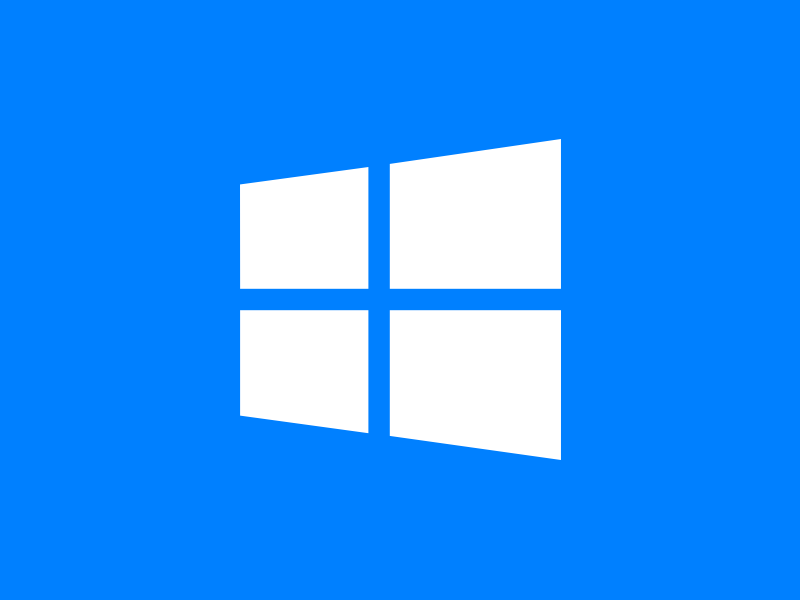Introduction
Hey there, tech lovers, coders, and everyone who’s curious about what’s going on behind the scenes in Windows. We’re about to start a fun journey, diving deep into what makes Windows tick. This is your chance to get a good grasp of Windows - an operating system we use every day. By getting to know Windows better, you’ll become a pro at designing and troubleshooting software, solving system issues, and best of all, coming up with new, cool tech based on what you learn.
Why Bother Learning about Windows Internals?
Ever wondered how your computer does what it does? That’s where learning about Windows internals comes in. You’ll get a peek into what makes the operating system tick - not just what happens, but why and how. This will help you figure out system issues faster, make your computer run smoother, improve your computer’s security, and build better applications. And if you’re thinking about becoming a system engineer or just love programming, this knowledge will help you level up.
What’s This Windows Internals Series All About?
This series is your deep dive into Windows internals, mixed with hands-on, real-world examples. We’ll keep things interesting and effective by using code snippets written in GoLang - a programming language that’s simple, efficient, and easy to understand. We’ll tackle each topic in a separate post, so you can take your time and really get to know each one. No matter if you’re a newbie or a seasoned developer, this series has got you covered. And don’t worry about tracking down the code - you can find it all on GitHub at Windows Internals with Go.
What Topics Are We Going to Cover?
We’re going to go step-by-step, starting with the basics and moving on to more detailed stuff. Here’s a sneak peek at what’s coming:
- Basic Concepts: We’ll kick off with an introduction to the basic principles of Windows.
- System Architecture: Get to know the design and structure of the Windows operating system.
- Processes and Threads: We’ll look at how Windows handles multitasking.
- Object Management: Let’s find out how Windows organizes system resources.
- Memory Management: We’ll explore how Windows manages system memory.
- Interrupts and Exceptions: Learn about how Windows handles system events and errors.
- Services: Find out how services help a Windows system function.
- I/O System: We’ll dive into how Windows communicates between hardware and software.
- Device Drivers: Learn why device drivers are so important in a Windows system.
- Writing Software Device Drivers: Try your hand at developing your own software device drivers.
Are you ready to dive in and get to know Windows like never before? Each post will give you a deeper understanding of how this complex operating system works, helping you use it to your advantage. Whether you’re a developer, a system administrator, or an IT pro, knowing your way around Windows internals will give you an edge in your field.
Get ready for our first post on “Basic Concepts,” where we’ll start our exploration into Windows Internals. Let’s go on this journey together!
